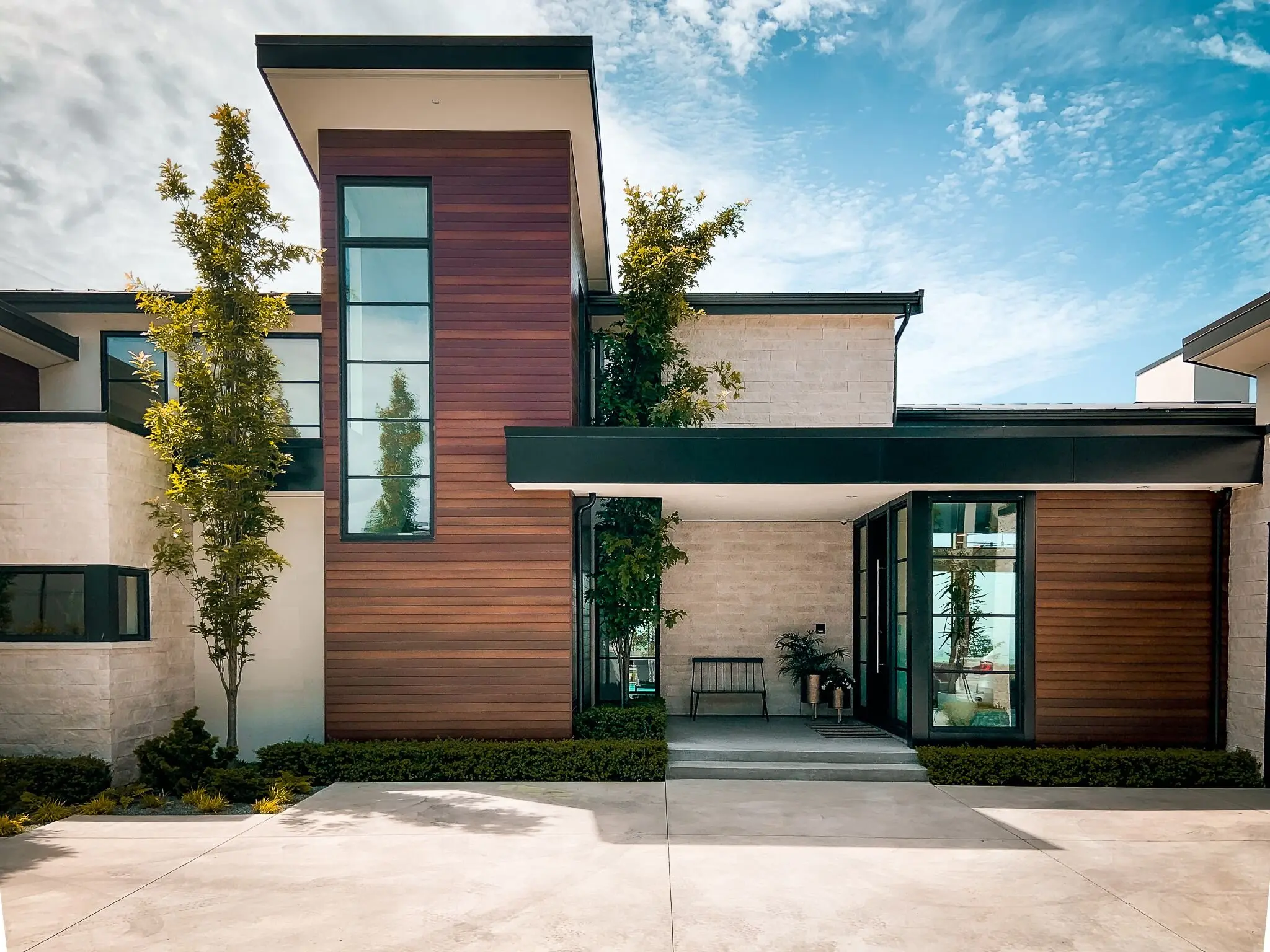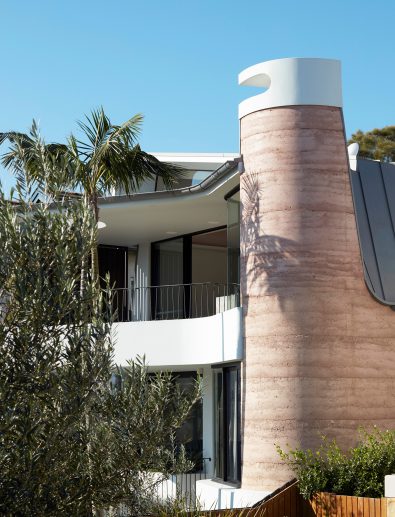Find the Best Residential Architects for Modern and Sustainable Home Designs
Find the Best Residential Architects for Modern and Sustainable Home Designs
Blog Article
Leading Patterns in Residential Design You Ought To Understand About
As domestic design proceeds to progress, numerous engaging trends are shaping the means we create and occupy our living rooms. Trick developments such as lasting building practices, the integration of wise home innovation, and the increase of modular homes underscore a considerable change in the direction of both functionality and ecological responsibility.
Sustainable Structure Practices
A boosting variety of household jobs are embracing lasting structure techniques, driven by an expanding understanding of environmental effect and power performance. This shift is characterized by the integration of environment-friendly materials, energy-efficient styles, and ingenious building and construction methods. Homeowners and home builders are increasingly prioritizing the use of renewable energies, such as bamboo and recycled metals, which not just decrease the carbon footprint yet likewise improve the sturdiness and visual appeal of residential or commercial properties.
Incorporating energy-efficient systems is an additional critical facet of lasting building - residential house architect. Features such as high-performance insulation, energy-efficient windows, and photovoltaic panels are ending up being requirement in new domestic designs. These elements not just add to reduced power consumption however also supply substantial long-lasting cost savings for home owners
Additionally, the design of sustainable homes commonly stresses all-natural light and ventilation, reducing the dependence on man-made illumination and environment control systems. Landscape design practices, such as xeriscaping, further promote sustainability by lessening water use.
As the need for sustainable living services remains to rise, the household architecture market is positioned to adapt and introduce, guaranteeing that future homes are not only eco accountable yet also comfy and useful for their passengers. - residential house architect
Smart Home Technology
Smart home modern technology is transforming the method homeowners connect with their space, improving benefit, energy, and safety administration. This innovative technique incorporates numerous tools and systems, permitting users to regulate their homes from another location or with automated procedures. Central to this fad is making use of wise devices such as thermostats, illumination, safety electronic cameras, and home appliances, all attached using the Web of Points (IoT)
One of one of the most appealing functions of smart home innovation is the ability to personalize settings for optimum energy effectiveness. House owners can keep track of energy usage and adjust lighting, air conditioning, and home heating based upon their regimens, considerably minimizing utility costs. Moreover, advanced safety systems outfitted with clever locks and surveillance cameras provide assurance, allowing remote tracking and signals to prospective security violations.
Combination with voice-activated assistants enhances customer experience, enabling property owners to manage devices with straightforward voice commands. As modern technology continues to evolve, the capacity for wise home systems to boost quality of life expands, making them a crucial factor to consider in modern property architecture. Eventually, wise home technology is not simply a trend but an essential change toward a lot more intelligent living settings.
Open Concept Living
Open principle living has emerged as a defining feature in modern household design, identified by the elimination of typical obstacles in between areas. This style philosophy advertises fluidity and connection within the home, enabling a smooth transition between locations such as the kitchen area, eating, and living rooms. By getting rid of partitions and walls, open concept formats create a sense of spaciousness, cultivating an inviting atmosphere that improves social interaction.

In addition, this approach to household design lines up with minimalism, concentrating on practical simpleness and aesthetic comprehensibility. Property owners appreciate the adaptability of these formats, which can be easily adjusted to show individual design with furnishings setup and Your Domain Name style. As open principle living remains to get traction, it stays a testament to evolving family characteristics and the desire for homes that boost connection and comfort.
Biophilic Design
Biophilic layout has come to be significantly considerable in domestic design, emphasizing the inherent connection in between humans and nature. This style approach looks for to incorporate natural environments into living rooms, thereby cultivating a feeling of well-being and improving the lifestyle for passengers. By including attributes such as natural light, plant life, and organic materials, biophilic design advertises an unified relationship in between interior atmospheres and the environment.
Key aspects of biophilic style consist of large home windows that offer unblocked sights of exterior landscapes, living wall surfaces that present plant into insides, and open floor strategies that urge air flow and natural light penetration. Water functions, both within and outside the home, serve to create comforting atmospheres and enhance sensory experiences.
Additionally, using lasting products not just sustains environmental stewardship but also adds to healthier interior air quality. As understanding of ecological problems increases, homeowners are increasingly focusing on designs that show their connection to nature. Essentially, biophilic style not only raises aesthetic allure however additionally addresses mental and psychological needs, making it an essential trend in modern domestic style.
Modular and Prefab Homes

Additionally, modular and prefab homes are created with sustainability in mind. Several manufacturers utilize energy-efficient systems and environment-friendly materials, such as photovoltaic panels and progressed insulation methods, contributing to lowered energy usage and reduced energy expenses for property owners. The versatility of design options permits modification, dealing with diverse visual preferences and practical requirements.
As the demand for budget friendly real estate continues to climb, modular and prefab homes offer a viable solution, addressing both financial and environmental obstacles. Neighborhoods are progressively acknowledging the potential of these frameworks, incorporating them into rural and city setups. Overall, the pattern toward prefab and modular homes signifies a change toward more lasting, efficient, and adaptable living settings, making them a pivotal facet of modern residential design.
Verdict
Sustainable structure techniques and smart home technologies enhance performance and benefit, while open principle living and biophilic style foster social interaction and a link to nature. The surge of modular and prefab homes offers customizable and inexpensive options, showing a broader change towards useful and liable living.
Key growths such as sustainable structure methods, the assimilation of wise home technology, and the rise of modular homes underscore a significant shift towards both performance and ecological duty.The surge of prefab and modular homes has actually changed the residential design landscape, offering innovative options for efficient and sustainable living.Moreover, modular and prefab homes are made with sustainability in mind. Overall, the fad toward prefab and modular homes signifies a change towards much more sustainable, effective, and versatile living environments, making them an essential aspect of modern domestic design.
Lasting structure techniques and wise home modern technologies improve performance and convenience, while open principle living and biophilic design foster social interaction and a connection additional resources to nature.
Report this page